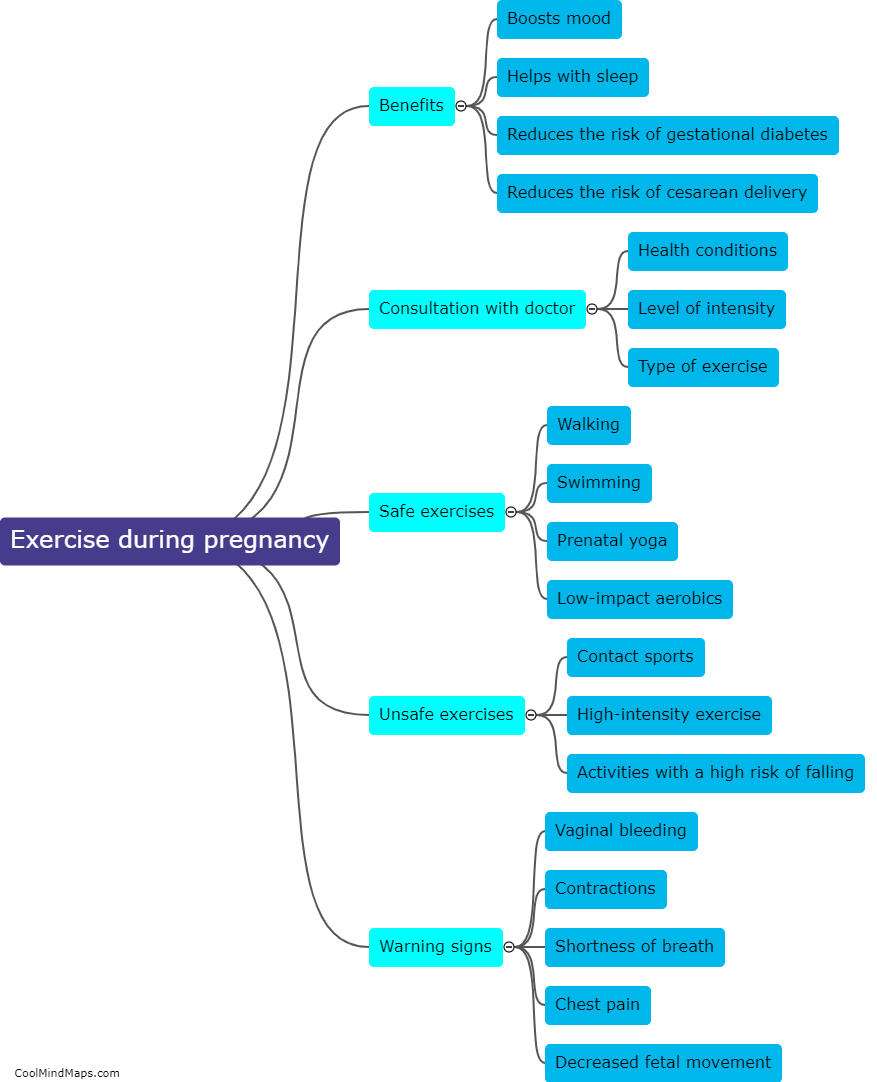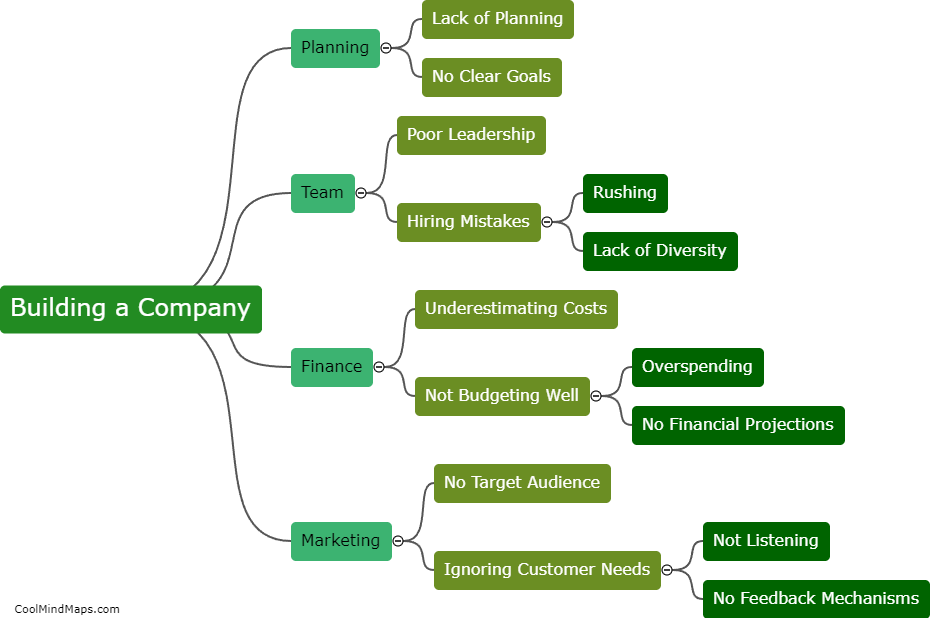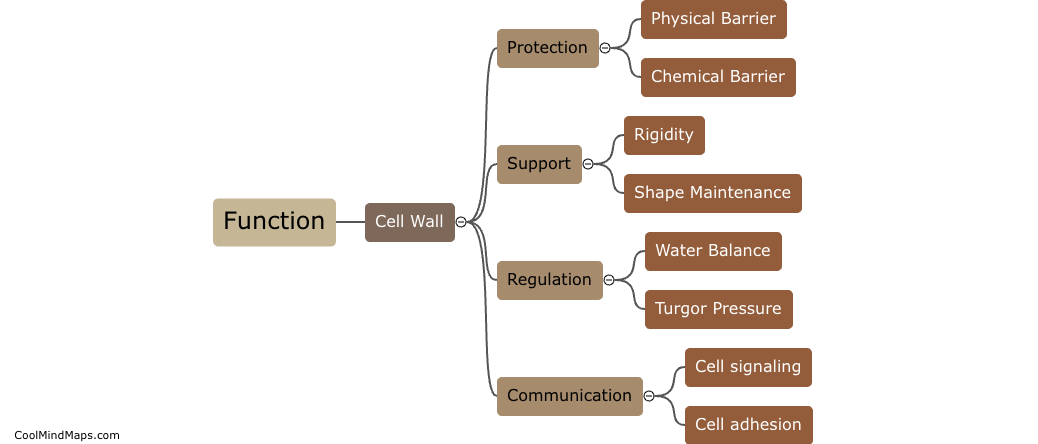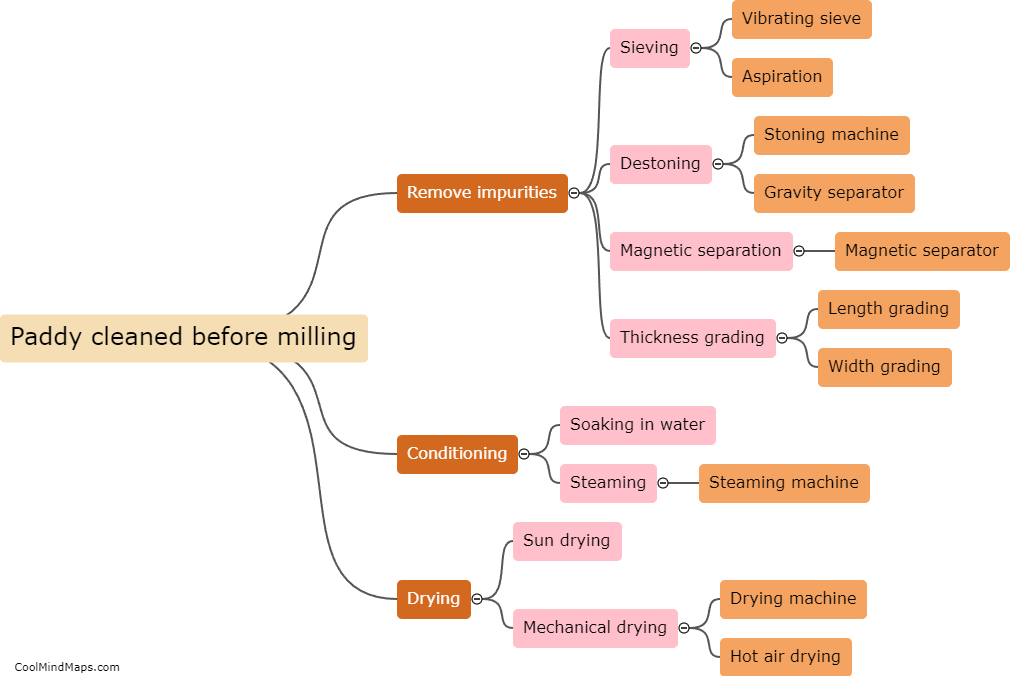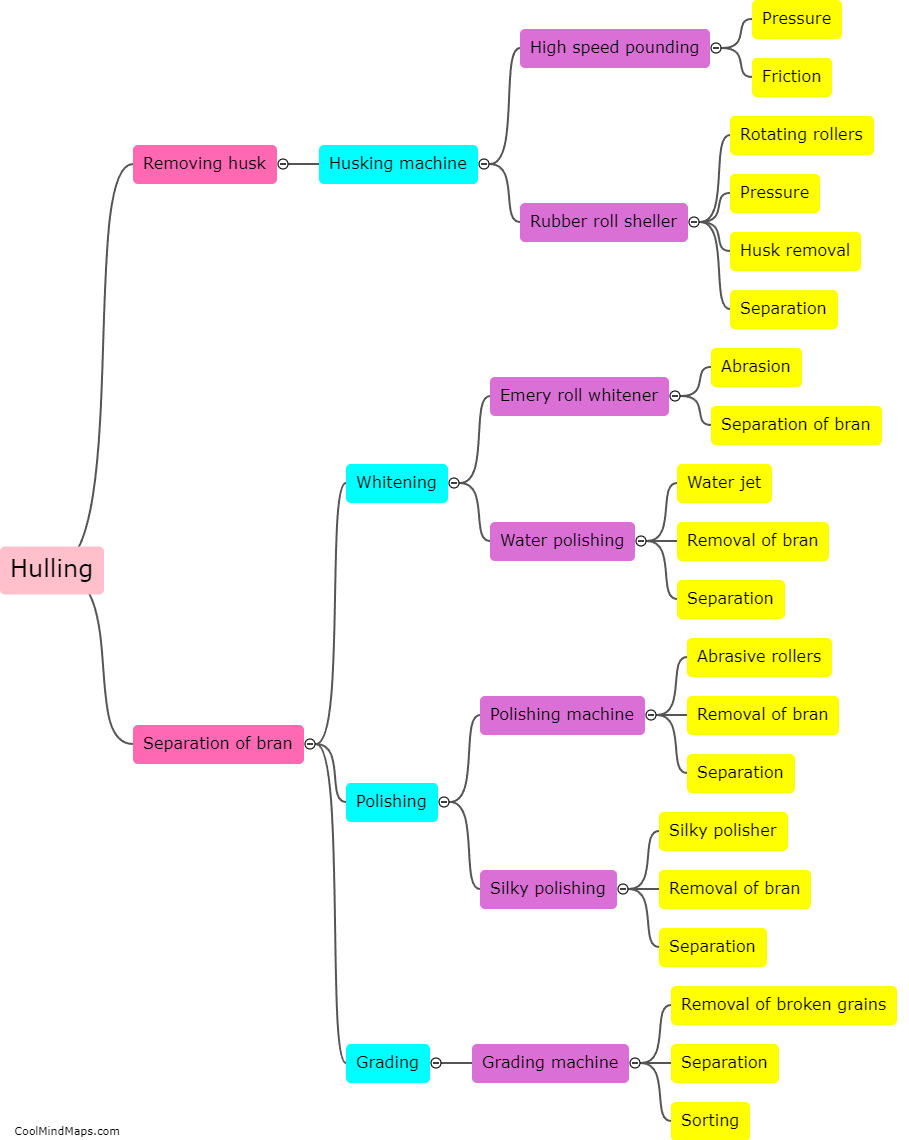What are the key activities in rice milling?
The key activities in rice milling involve various stages that transform the harvested rice grains into a marketable and consumer-ready product. The process typically begins with cleaning and removing any impurities, such as stones, dust, and husks, from the raw rice. It is followed by the removal of the outer husk through the process of hulling. After this, the grains are separated from the remaining husk and further processed to remove the bran in a step known as whitening. This is done to obtain white rice. Afterward, the rice is polished to improve its appearance and remove any residual bran particles. It may also go through additional processes, such as grading and sorting, to ensure uniformity in size, quality, and color. Finally, the rice is packaged and prepared for distribution and sale. These key activities in rice milling play a crucial role in providing consumers with high-quality, nutritious rice that is free from impurities.
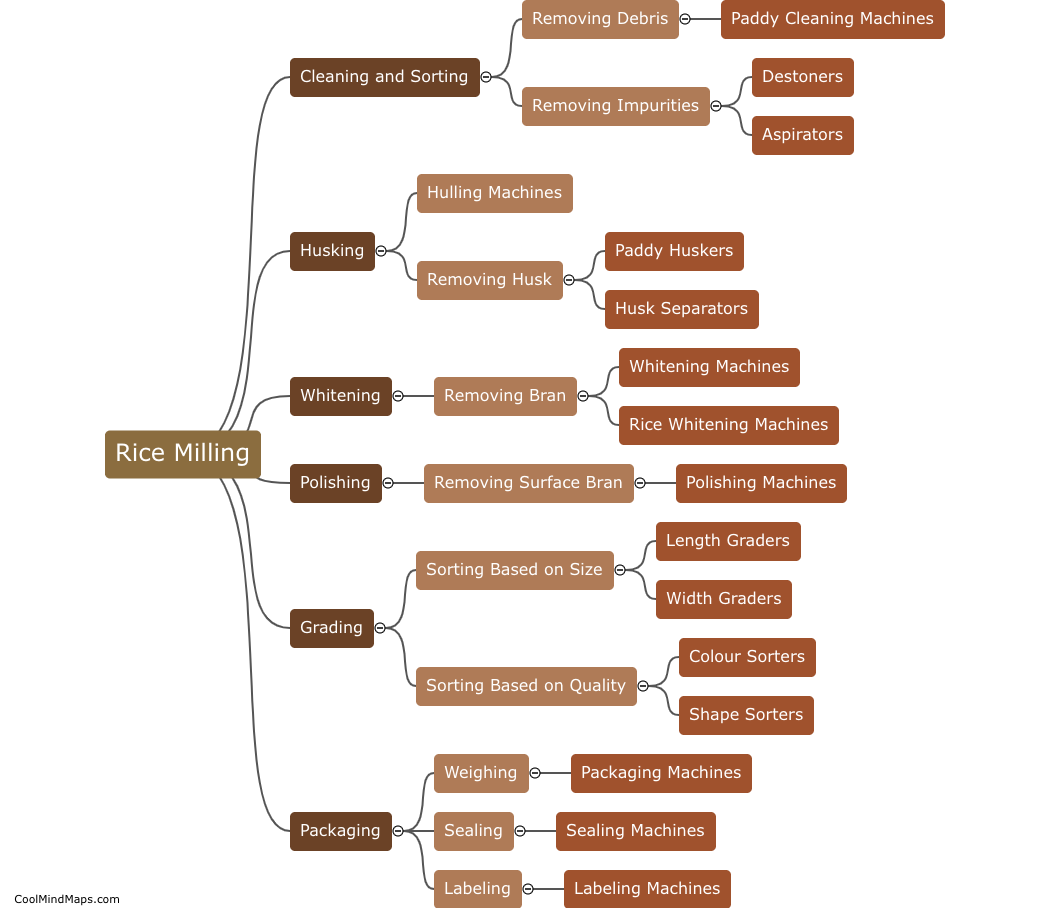
This mind map was published on 29 July 2023 and has been viewed 154 times.

